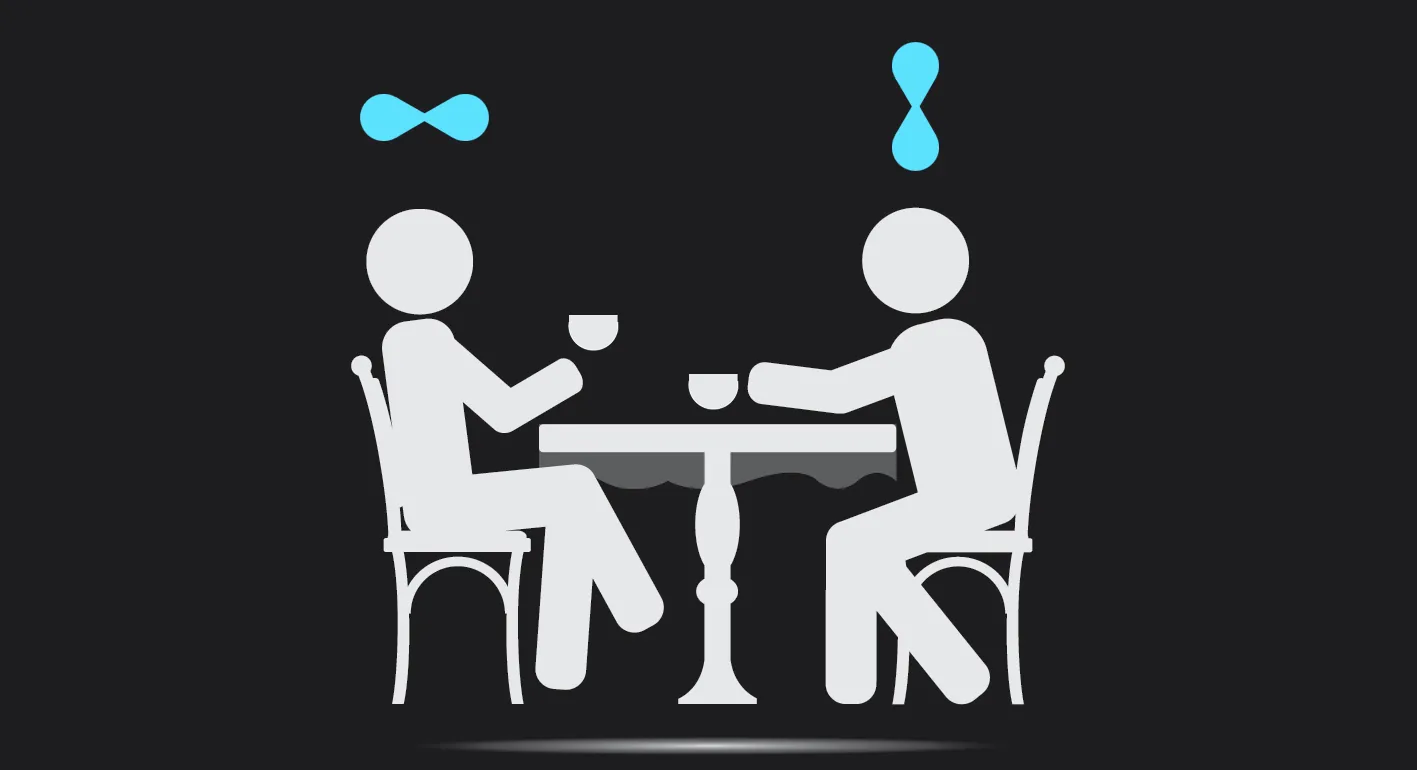Even with an increasing number of articles about aging and rejuvenation technologies in mass media, the general public’s lack of information remains a problem. Pro-longevity organizations try to spread useful information; however, it’s clear that this information is, quite often, only delivered to current members of the community instead of to a new audience. My work at LEAF is partially focused on finding ways to break this border and explore new social territories as often as possible. Last week, this journey brought me to a meeting with a title that speaks for itself: Death Cafe.
A Death Cafe is not a place. It is a meeting at which people are encouraged to discuss everything related to death over a cup of tea. The official mission of this community is defined as follows: “Our objective is to increase awareness of death with a view to helping people make the most of their (finite) lives.” It is not a form of group therapy, not a support group or a survivors’ group (though only the living can attend…); rather, it’s just a space where people can talk to each other about a topic that is usually excluded from public dialogue.
Jon Underwood and Sue Barsky Reid had the idea to create such a space and were inspired by the work of sociologist and thanatologist Bernard Crettaz. Jon was fascinated by Bernard’s custom of meeting with people in a cafe to talk about death. Jon and Sue formed Death Cafe as a social franchise, allowing anyone who shares their views and agrees with the founding principles of the group to run his or her own Death Cafe anywhere in the world. Despite Jon’s sudden death in 2017 at the age of 44, the initiative survived and keeps developing; as of now, more than seven thousand meetings were held since 2011 in at least 60 countries. This number makes me wonder how many meetings were held by life extensionists in the same period, but that is a question for later.
It turns out that Death Cafes were started in Russia in 2016 by Katerina Pechurichko, an expert in oncopsychology. After she hosted a few meetings in Voronezh and Moscow, the group attracted the attention of mass media, and this is how I knew that one of the Cafes would be taking place in a nearby library.
To be honest, it was not an easy decision to go there. As you may know, the reason why I joined the movement in 2011 was the tragic death of my mother from cancer. In the same period, I have also lost both grannies, which, apart from grief, caused me to think quite a bit about life and death. These events significantly upgraded my system of values and my social environment, which now consists of absolutely amazing people, death has never ceased to be a painful topic, and my fear of death was never quelled.
However, the duty of a life extension advocate (in this case, more of a scout) outweighed personal matters, so I grabbed some books on aging, just in case, and jumped in.
Discussing death… and life.There were around 50 people in the room. I took a strategic place near the teapot and napkins and next to the moderator, PolyTech Museum’s librarian, Galina Nagoryanskaya. After a brief welcome speech and an explanation of what the Cafe is, the action began. Galina asked the first question, and, after that, the discussion didn’t stop for three hours.
The question was “What is your ideal death?” While the room went silent, I decided to introduce the topic that I wanted to talk about: the undesirability of death. So, I raised my hand and said that my ideal death is to have my body put in liquid nitrogen and kept there until medical technologies have progressed enough to allow my return to life; looking at how fast they develop, I think that this scenario is highly possible.
It started a very intense discussion of why, how, when and if we should or not get rid of death. People were initially describing their “ideal” deaths but then jumping back to either admitting they would like to avoid it or ardently being defensive. What I particularly liked was when one of the participants introduced the idea that each person is unique, so, when each person dies, it leaves a hole in the body of human culture, and this loss is as finite as the person is irreplaceable. I feel very much the same way, and my sadness is especially sharp when it is a notable person dying. However, I didn’t expect the same view to come from someone who seems to have a very different worldview in general. It made me think that maybe we humans have much more in common than we believe when just looking at each other.
At some point, I introduced the possibility of developing therapies that address the mechanisms of aging and might be able to cure age-related diseases, extend healthy life, and maybe even restore youth. After I mentioned that some of these therapies show quite interesting results in animals and are now being tested in human clinical trials, the discussion turned into an interrogation: people were asking me to tell them more. I kept my answers reasonably brief in order to respect people who wanted to talk about other things. However, the final part of the event was focused almost completely on the individual and social consequences of ending aging, even though I was not steering the conversation. The list of concerns, as you can imagine, was exactly the same as usual.
At the very end, I thanked everyone for their thoughts and stories, and I offered the books on aging prevention that I brought with me. The pile of 20 items was gone in a few minutes. After the official closure, we chatted a little bit more before we said goodbye.
Of course, not all 50 people in the room were involved; most of the exchange happened between me and maybe 15 other people. What surprised me is that step by step, with every new round of discussion, the group was picturing a future in which preventable death from aging and age-related diseases might be eradicated — and that it might be a good thing.
Should we attend Death Cafes to introduce rejuvenation technologies?I see a potential for synergy with Death Cafes, as they are spaces where it is allowed and even welcomed to talk about death. It is okay to see death from all sorts of causes, including aging, as a problem, even as a problem that can be solved. People who come to these meetings seem to be more open to the idea of possible life extension than the general public. One reason is probably that many of them see death as a scary and negative thing (even if they will not admit it), so they are keen to explore other options. They give us an opportunity to speak freely, and in return, we offer them a new option to consider.
I would say that if a Death Cafe is held in your city, it makes sense to go. At the very least, it will be an evening full of revelations. However, you should understand that this space is not meant to be an advocacy playground. The only acceptable way to introduce the topic is to tell your personal story and share your genuine perception and emotions. I know that this might be difficult, and as a long-term outreach activist, I know why. Still, it is worth doing.
Consider that once you have seeded the idea that aging is amenable to intervention, it can affect many people’s future decisions. It may be that these people will be able to use rejuvenation technologies and have amazingly long lives because, on a grey and rainy day, they had met you at a Death Cafe.




